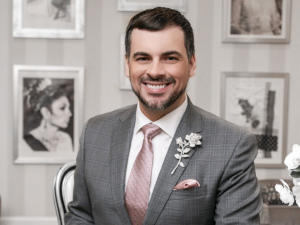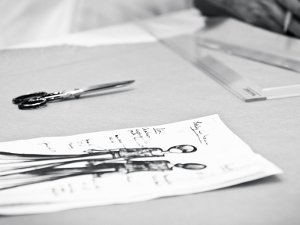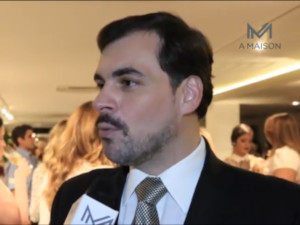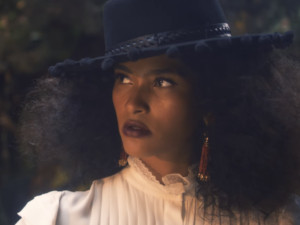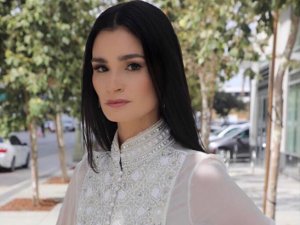Collection Latin Stravaganza
Collection Latin Stravaganza
On September 3, 1951, the rich Franco-Mexican businessman Carlos de Beistegui gave a big party at the Palazzo Labia in Venice, bought by him three years before. Much of the international café society attended the event, a masquerade ball that made history. It was a kind of celebration of the coronation of Latin Americans, once contemptuously called "rastacueras" but it had become, over the years, one of the references of elegance and savoir-vivre. In a Europe ravaged by two wars, the Latin American was a breath of freshness, joy and renewal.
It is this meeting of old and new world that the designer Sandro Barros sought his inspiration for the spring-summer collection 2013/14 of his atelier. "The French prince Jean-Louis-Faucigny Lucinge wrote in his memoirs that people used to say fashionable women 'chic as a Latin American.' Because they knew to shine in European high-society, needed to behave as well or even better than an English princess. I thought that Latin, not folk, to create this collection, "says Sandro.
References stylist were names like Maria Luisa Gómez Mena, Countess Revilla de Camargo, who challenged patrons Fidel Castro and received in the halls of his palace in Havana the Dukes of Windsor, the Cuban Natividad y Dorticós Terry who married in 1902 in Paris with the French Prince Guy de Faucigny-Lucinge, the heiress of the Bolivian tin Maria Cristina Patiño, a Bolivian Aramayo, future Marquise d'Arcangues, among many iconic figures. "And of course the Brazilian flashed abroad, acting as true ambassadors of our elegance like Carmen Mayrink Veiga, Perla Lucena Mattison, Aimée of Heeren and Sylvia Amélia de Waldner," adds Sandro. "The collection brings another face of Latin women: Extravagant, yes, but obsessed with elegance and femininity. I looked out of the ordinary place of fruits, leaves and plumes. We have more to offer. "
In that spirit (imagine a dance in Havana in the early '50s), the dresses come in various overlays lace, cinched waists, voluminous petticoats, colorful prints to the way of evening in Cartagena, black and white polka dots of Spanish heritage, Mayan-inspired mosaics , chemises with bows, ruffles and sumptuous too bright. The novelty is embroidery done with colored glass beads dyed especially for Atelier, flowers and arabesques embroidered in silk thread, embroidered tulle-lined lace and crystal droplets in 3D. "The Latin, after all, likes to shine. When she arrives, she steals the show, "says Sandro.


